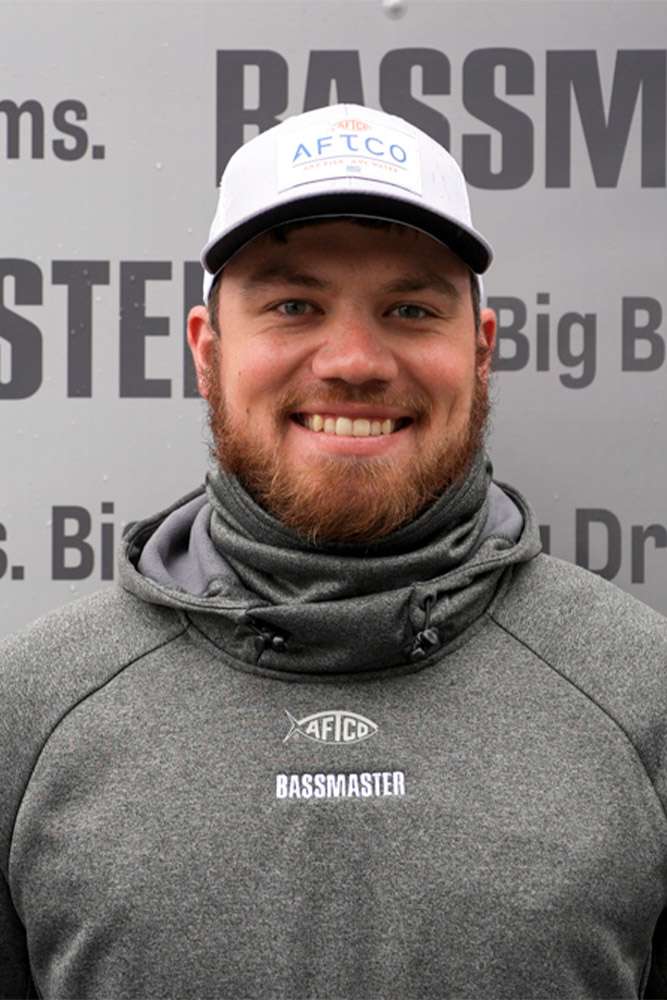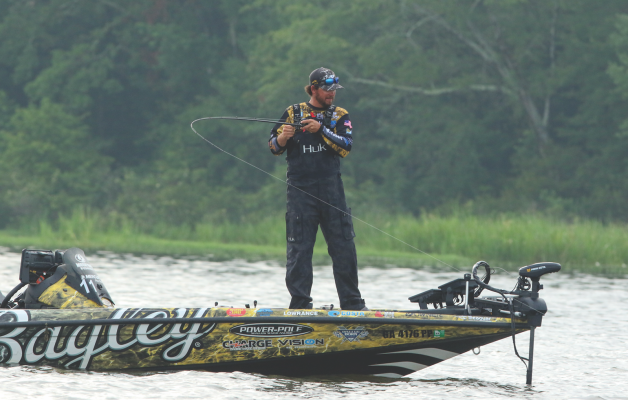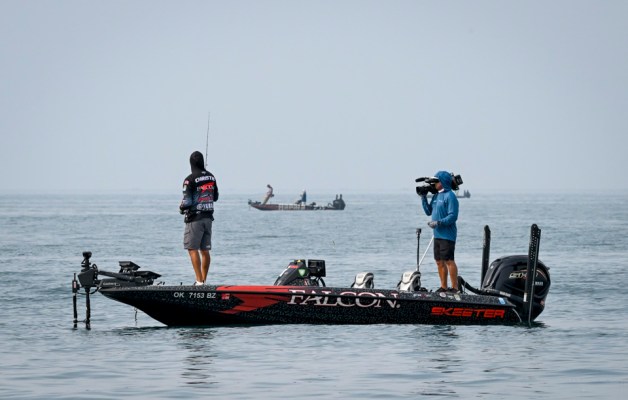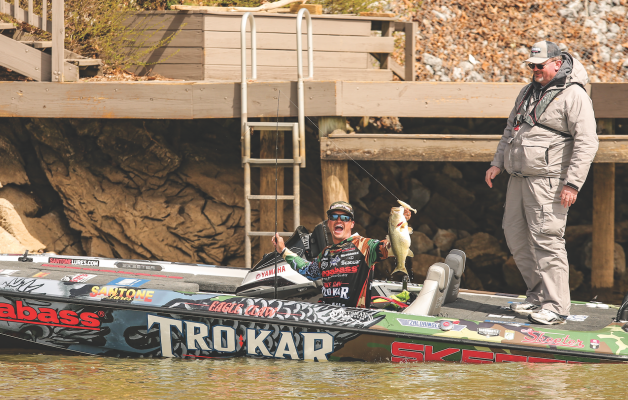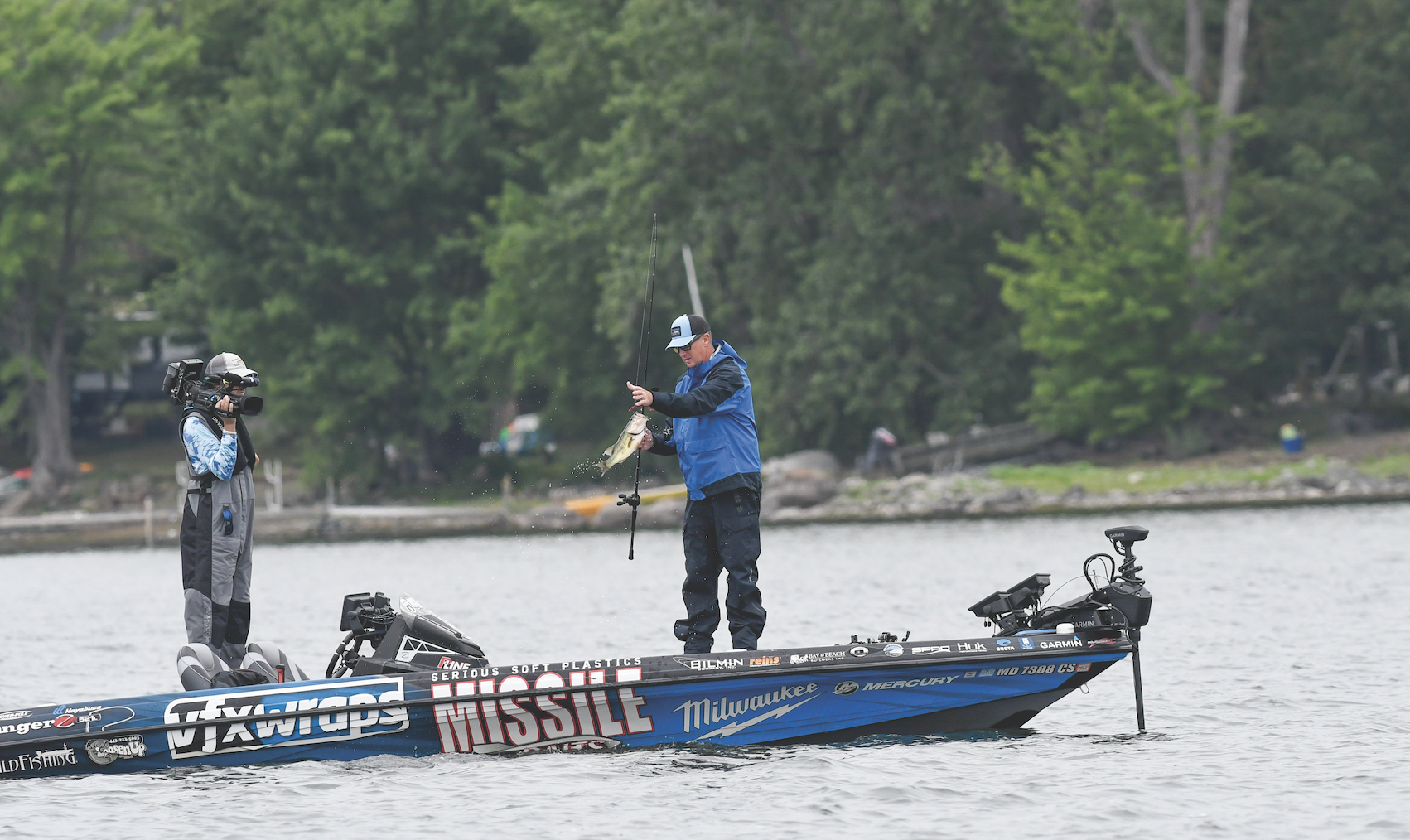
Bryan Schmitt is known as a tidal grass-fishing guru, but the Elite Series pro has grown to love true Northern fisheries that feature strong populations of both smallmouth and largemouth bass. Fisheries like Lake Champlain and Oneida
Lake, to name just a few, are places Schmitt said he can always find fish biting, and in tournament situations, he can manage his bass better than on other fisheries.
His comfort level with these kinds of fisheries began about 10 years ago when the Maryland pro made his first trip to the region and fished the lakes at a peak time of year. The experience he gained from that adventure has carried him to many successful tournament finishes up North, including a Bassmaster Open win in 2016 and his first Bassmaster Elite Series win in 2021, both on Lake Champlain.
“You go some places and you really fall in love with the style, and those fisheries [where] both species play, I like them a lot,” the Maryland native said. “I went at a time when the fish were really biting. When you experience a fishery during
a peak time of year and see how easy it is and you’re catching them at will, what that does is show you that it exists on a fishery, and when you go back, you are never satisfied until you find that easiness.
To have that experience right out of the gate and showing me how much fun it is has really opened my eyes to really not be satisfied until I find that.”
During the most recent Elite Series tournament on Champlain, Schmitt landed 13 largemouth and seven smallmouth for 78 pounds, 5 ounces. The two-prong approach was particularly necessary in this tournament, as he recognized early on that the largemouth bite he found wasn’t as reliable as he anticipated.
“I noticed pretty quickly I didn’t have as many largemouth as I thought,” Schmitt said. “I knew I had some big ones, but because of my experience there, I knew there was a lot more quality smallmouth on the northern end than quality largemouth.
Right away, I knew I needed to add smallmouth in. I went to a spot late Day 1 and caught three really nice smallmouth. Day 2, I recycled some largemouth stuff and I knew that it wasn’t as good, and I had to work harder and barely scraped out what I got.
The experience factor was, if I had gone in on all largemouth, I would have only had two days’ worth of them. It would have been a big bag for two days, but not much after that. If you have a limit of all [3-pounders], let’s go see if we can’t upgrade with some smallmouth.”
When Schmitt arrives at a Northern fishery with good populations of both smallmouth and largemouth, he knows both species will largely be on different patterns.
For largemouth, he looks for the best possible cover, which is almost always grass, in the biggest bays available on the lake. Those bays provide protection from the heavy winds that affect those bodies of water.
Water level is a critical factor when Schmitt is targeting green fish, more so even than the time of year Schmitt is there. Just a couple of inches higher or lower from normal levels makes a big difference.

